Biodiversity
Basic approach and policy
Climate change and the degradation of natural capital pose various risks, such as reduced yield and quality of natural raw materials and the tightening of related regulations. On the other hand, we also recognize numerous business opportunities, including increased demand for flavors used in alternative foods driven by rising environmental and health awareness, growing demand for environmentally friendly products such as plastic-reducing solutions, and enhanced reputation from strengthened sustainability initiatives.
In response to these anticipated environmental changes, the Group aims to be a company that helps solve global challenges that are not limited to flavors and fragrances, by leveraging a wide range of technologies to create new value and inspiration and contribute to a richer and more fulfilling life. In line with the Paris Agreement and the targets set by the Japanese government, we have set a goal to reduce GHG emissions by 46% by FY2030 compared to FY2013. To pursue the certification from the Science Based Targets (SBT), which verifies alignment with the Paris Agreement, we submitted a commitment letter to the SBTi Secretariat on May 17, 2024.
We are advancing efforts across our entire value chain to achieve carbon neutrality and nature positivity.
The Group expressed its support for the recommendations of the TCFD in March 2022.
We are also working to disclose information in line with the recommendations of both the TCFD and the TNFD.
For more details, please refer to
the T. Hasegawa Group TCFD/TNFD Disclosures (PDF)
.
Application of materiality
In assessing nature-related risks and opportunities, we adopt a single materiality approach, consistent with company-wide risk management and TCFD disclosures, to evaluate the impact of natural capital on our business.
TNFD general requirements
The following outlines the general requirements based on the disclosure recommendations of the TNFD.
Scope of disclosure
The scope of this disclosure analysis covers the Group’s main business segment of the flavors and fragrances business (production and sales of flavors and fragrances). The production of flavors and fragrances uses a wide variety of raw materials, including petroleum-derived products, but for the analysis upstream in the value chain, we selected major plant-derived raw materials such as vanilla, coffee, and lemon, which are relatively more dependent on and influenced by natural capital, to be included in the analysis.

Regions with nature-related issues
We identified the locations of raw material production sites, procurement sites within the scope of analysis, and all Group facilities, and assessed whether they fall within the priority areas defined by the TNFD. For procurement sites where precise location data could not be confirmed at this stage, we estimated approximate locations and ranges using publicly available information. Due to the difficulty of obtaining data, we have not yet identified specific locations for logistics and downstream areas of the value chain.
Integration with other sustainability-related disclosures
Risks and opportunities related to climate change and biodiversity are organized in an integrated manner in this disclosure.
Target period to be considered
For the assessment of risks and opportunities, we have established the following timeframes: short term (2024), medium term (2030), and long term (2050).
Engagement with indigenous peoples, local communities, and affected stakeholders
The Group engages with stakeholders through supplier assessments and other activities in accordance with the T. Hasegawa Group Procurement Policy. For certain raw materials, we also visit production sites overseas to engage in direct communication with producers and suppliers.
Governance and risk management
Governance
Climate- and nature-related risks and opportunities are managed within the Group’s sustainability promotion
system. The CEO is responsible for sustainability matters, including climate change and biodiversity.
For more details,
“Sustainability Promotion System”..
Risk management system
The Group has established the Risk Management Committee, chaired by the CEO, as a cross-group organization
to analyze and manage risks and consider countermeasures. Climate change and nature-related risks and
opportunities affecting the Group’s business are identified and assessed through an analysis based on the
LEAP approach as indicated by the TNFD. The identified and assessed climate change and nature-related risks
and opportunities, as well as other risks, are reported to the Risk Management Committee and the Board of
Directors.
For more details,
“Risk Management”.
Nature-related stakeholder engagement
With respect to human rights policies and engagement activities related to the assessment and management of nature-related dependencies, impacts, risks, and opportunities, as required under the TNFD disclosure recommendations, the Group promotes supplier engagement based on the T. Hasegawa Group Procurement Policy. We require our suppliers to respect human rights, and we engage with stakeholders through supplier assessments and other initiatives. In addition, for certain raw materials, we visit production sites overseas to engage in direct communication with producers and suppliers.
Strategies
Scenario and LEAP analysis
The Group has been conducting integrated disclosure by adding the content of the nature-related risk analysis based on the TNFD to the climate change risk analysis based on the TCFD, which it has conducted up to now. In the analysis, the climate change component is included in the scope of the TNFD disclosure recommendations, so the analysis is conducted based on scenarios in accordance with the LEAP approach as indicated in the TNFD.
Locate: Discovering contact with nature
We identified and estimated the locations of raw material production sites, procurement sites, and Group sites, and confirmed the locations of sites relevant to our business. We also evaluated the confirmed locations based on TNFD’s LEAP approach and identified priority areas to be considered (priority areas).
- Northeastern Madagascar, where vanilla is grown, is located in an area of high biodiversity importance.
- Some of the lemons used by the Group are grown in Spain and Italy, both of which are water-stressed areas.
Evaluate: Diagnosis of dependence and impact
Using ENCORE, a tool for identifying and assessing the dependence and impact of business activities on nature, we identified the nature and magnitude of dependence and impact related to each process in the value chain and summarized them in a heat map.
Heat map of dependence/impact
* VH: Very High, H: High, M: Medium, L: Low, VL: Very Low
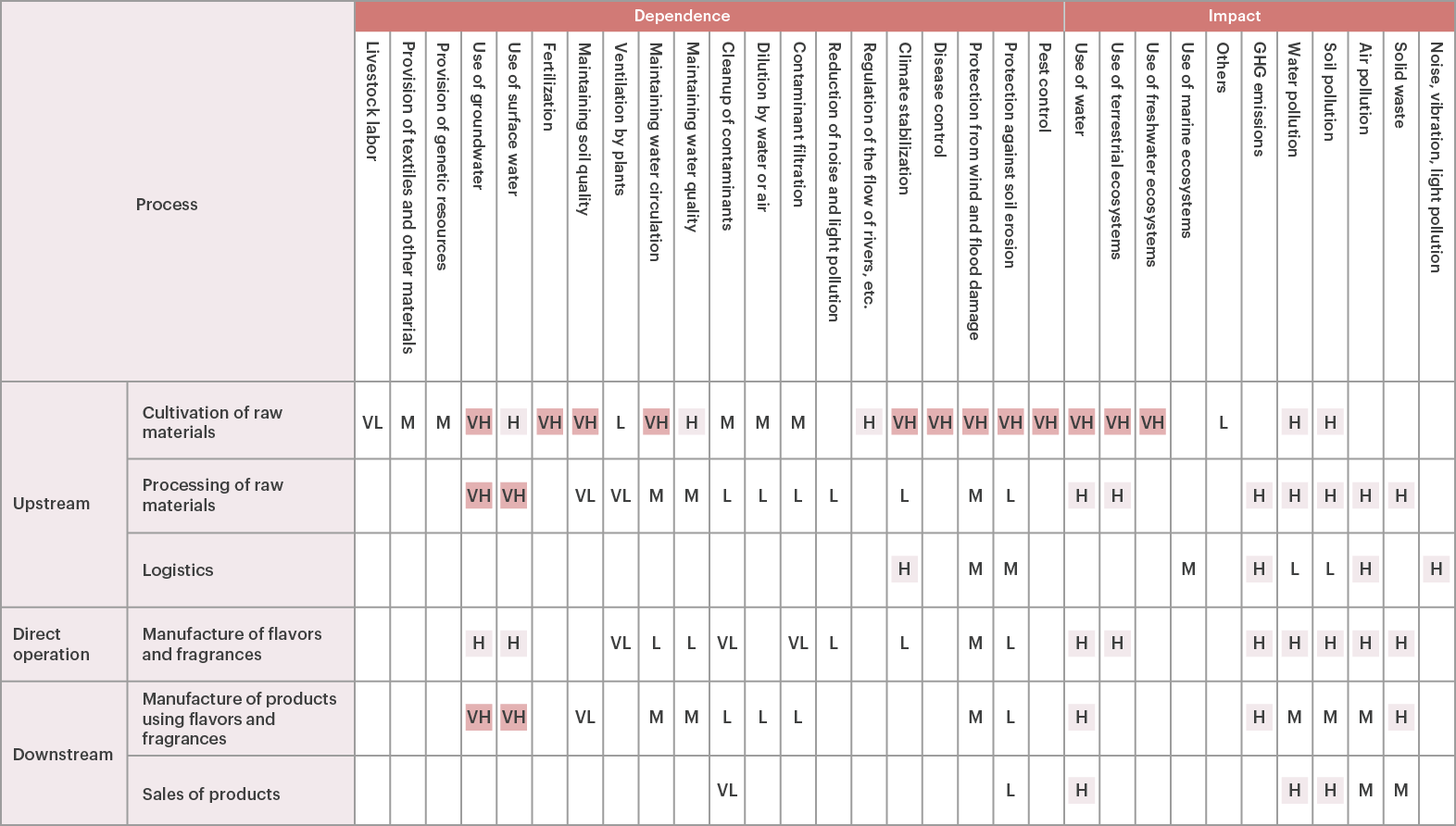
Assess: Assessment of risk and opportunity
Based on the analysis conducted through the “Locate” and “Evaluate” phases, we identified risks and opportunities and assessed their potential impact on the Group. For physical risks, we carried out evaluations not only under a 4°C climate change scenario but also under conditions assuming a loss of natural capital and a decline in ecosystem services. For transition risks, we conducted evaluations under scenarios in which decarbonization is achieved (i.e., below 1.5°C or 2°C), as well as under scenarios where society shifts towards protecting natural capital. As for opportunities, in addition to the opportunity categories outlined by the TNFD, we also considered physical opportunities identified during our climate risk analysis—specifically those arising under a 4°C scenario.
The Group aims to contribute to a more enriched society and achieve sustainable growth by capturing business opportunities through innovation driven by the power of flavor and fragrance creation, while thoroughly managing risks associated with these challenges and opportunities.
Main risks and opportunities
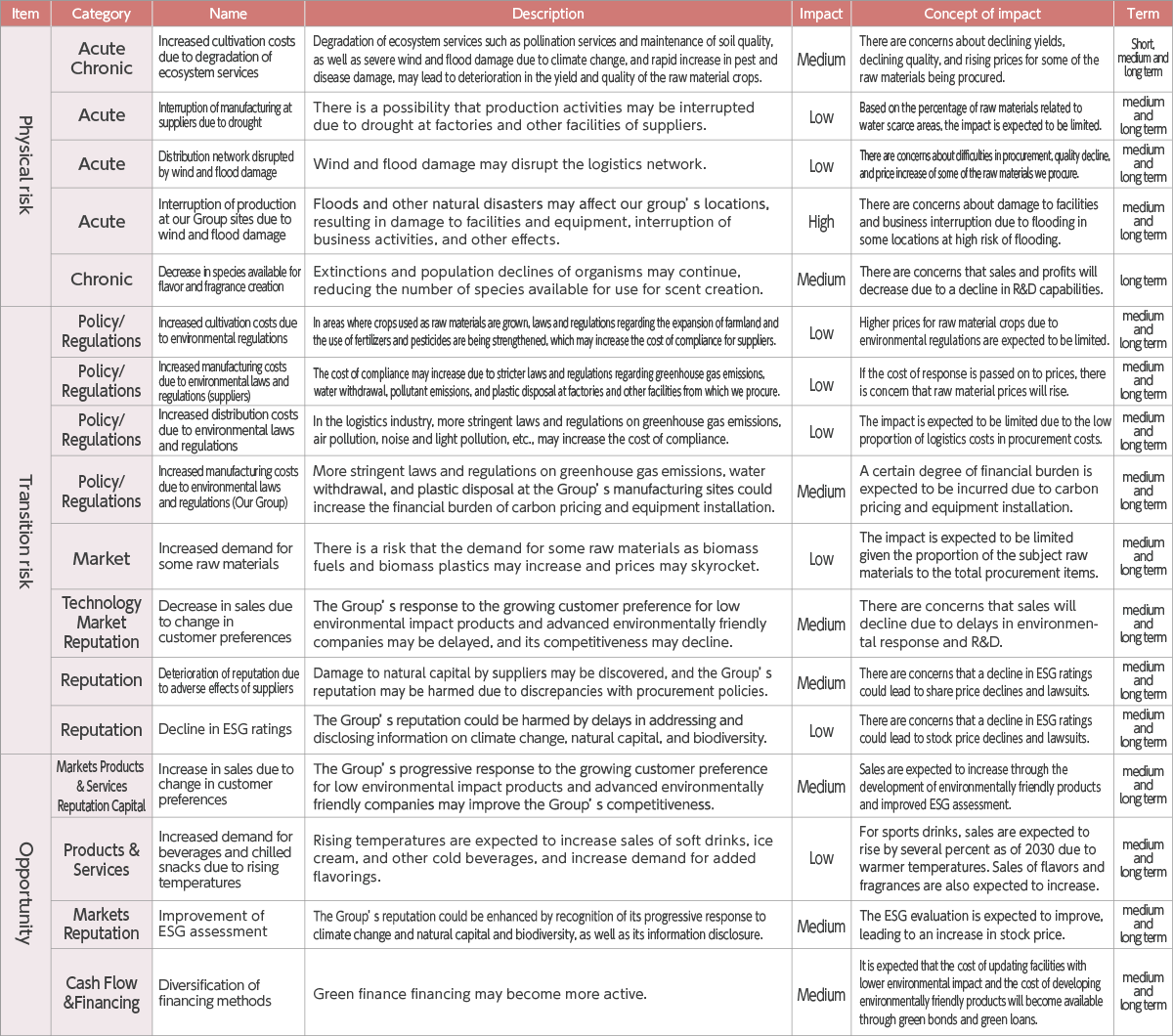
Establishment of a biotope in the R&D Center
A biotope featuring mainly native plant species, along with a pond and stream, has been established on the R&D Center premises. It serves as a habitat for birds, amphibians, aquatic insects, and other local wildlife.
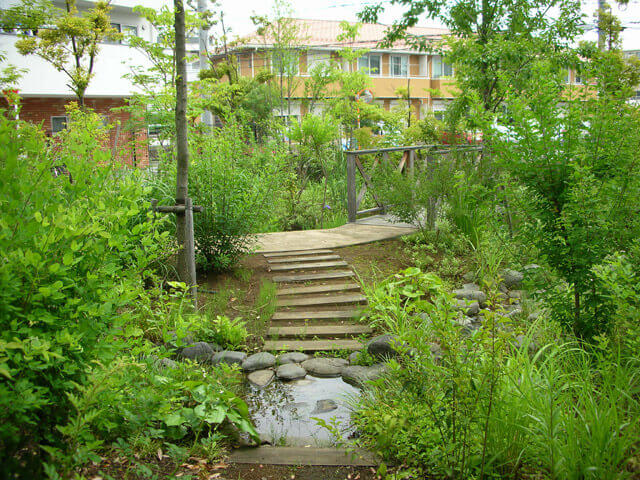
A biotope consisting of a pond and a stream has been established on the premises of the R&D Center.
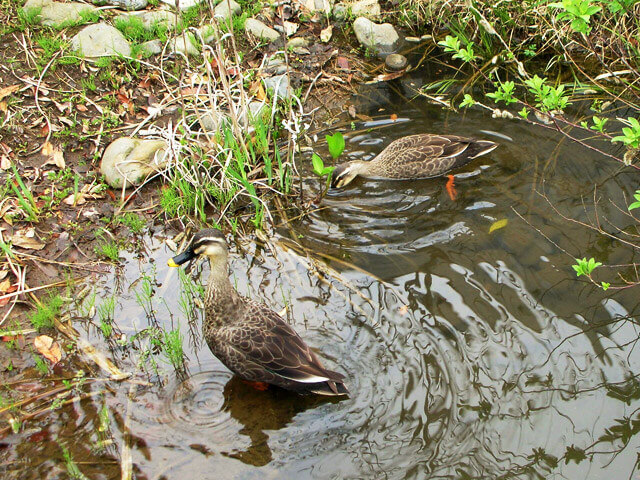
Birds, amphibians, aquatic insects, and other animals in the area use the biotope.
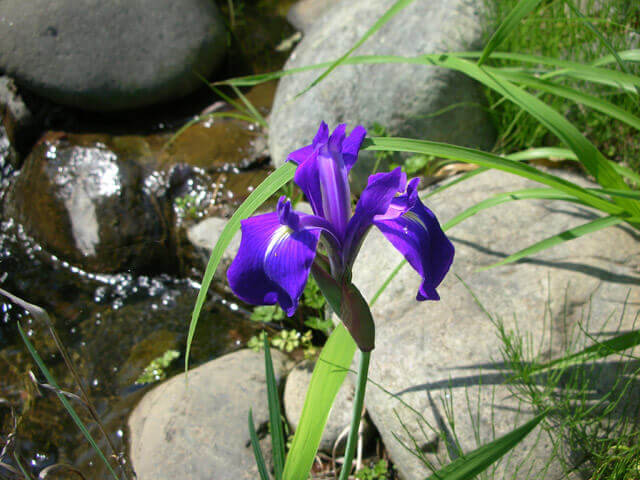
A variety of plants, mainly native species, are planted in the biotope, offering changing scenery with each season.
For more details on additional initiatives, “Environmental Management” , “Climate Change” , “Pollution & Waste” , “Water Resources” and “Procurement”.
Indicators and targets
Our Group in Japan has established indicators for spatial footprint, green areas, and related factors, and
is addressing climate change and biodiversity issues.
For more details, please refer to
the T. Hasegawa Group ESG Data Book (PDF).
